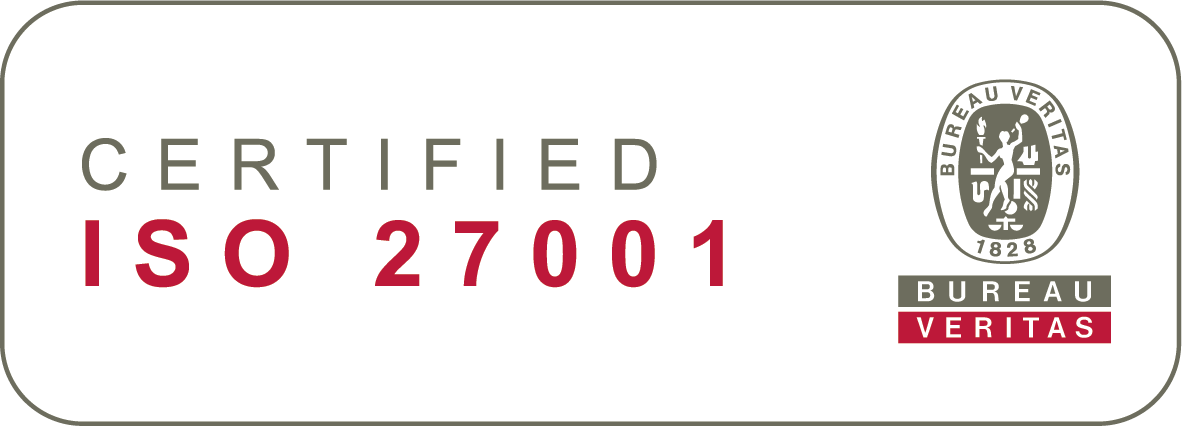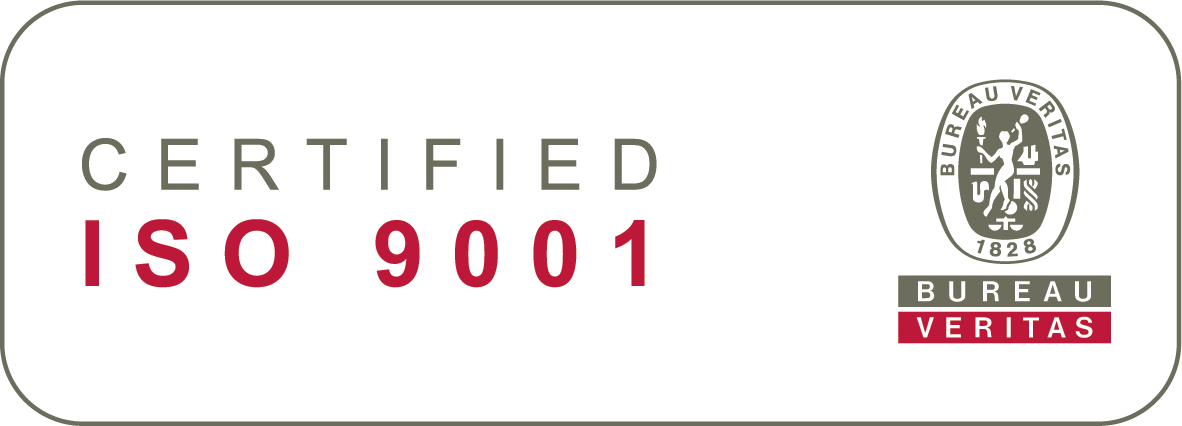Why Competency Management is key to organisational success
If a business is to capitalise on the opportunities that come its way, then it needs to understand the current strengths, growth potential, and development areas of its workforce. In other words, it needs a solid Competency Management (CM) process in place. Get this right, and you won’t just have a data-backed reason to restructure, retrain, or retain certain employees in certain roles – you’ll also build a more rewarding workplace experience that encourages people to align their own professional journeys with that of your business.
Let’s take a closer look at Competency Management processes, the relationship between company strategy and workforce development, and the importance of aligning personal growth with business impact.
Competency Management is an ongoing process
In practice, Competency Management is the process of cataloguing, managing, and developing employee skills in the framework of a competency architecture, or ensuring you have the right people with the right skills for any given job. When we break this down, however, organisational needs, employee growth journeys, and market dynamics are constantly evolving, so a constant effort is needed to align the evolving skill set of the workforce with the strategic direction of the company.
This is why Competency Management plays a crucial role way before an employee joins your company. A key component of any recruitment is a role description that identifies the skills and competences needed to drive the company forward, which can only be achieved with a current, complete understanding of company goals and workforce competences.
Without this, recruitment efforts can be inefficient at best – as multiple poor fit candidates are screened – and expensive failures at worst – when contracts are terminated during probation periods due to skill misalignments. Well-defined needs, clearly explained in job postings, and validated during the recruitment process through interviews and tasks, will help both applicants and companies consider whether they are suitable for the role or not.
Post onboarding, regular competency assessments and learning and development goals aligned with organisational needs will ensure employees stays productive, engaged, and connected to the rest of the business.
Seems simple right? Spoiler alert: it’s not.
The Competency Management process – in brief
As we’ve discussed, Competency Management does not happen in a void. It’s always heavily connected to organisational needs, and these are constantly evolving.
You need to root Competency Management in the goals of the company – on a high level, this means purpose, vision, mission, and
business goals. More practically, this means production capacity, reorgs, M&As, new offices, business units, career development,
and more. Without a deep understanding of these needs, it will be extremely difficult to deploy and develop your workforce in the most effective way.
Let’s look at a general framework for building out your Competency Management process:
- Assess company business goals and corresponding workforce needs.
- Build a prioritised list of competences and skills needed to meet productivity and business goals now and in future. Define what is entailed at each level of proficiency within these competencies and skills.
- Define the existing skills of each employee and record current results in a centralised HR system.
- Identify workforce skill gaps and make plans to train, recruit, or reorganise teams.
- Continuously re-evaluate your company needs and workforce competences.
The process is rarely clear-cut and often heavily depends on the size of the organisation: a global corporation and a small company will benefit from different models. Even so, Competency Management
should help you clarify what the company’s overall goals mean to individual employees, and how these goals are visible in their daily
lives.
The company- wide impacts of Competency Management
As Sun Tzu said, strategy without tactics is the slowest route to victory. In a business setting, this means understanding the capabilities and weaknesses of the workforce tasked with executing business strategy. A deep understanding of workforce knowledge areas and skill gaps is a real asset to leadership teams looking to make impact – and mitigate risk.
When it comes to resource management, companies know exactly what they need to look for in new candidates, as well as monitoring whether necessary talent is distributed across teams and personnel to avoid bottlenecks. In addition, Competency Management brings
positivity to any workplace culture: it supports individual and peer-to-peer learning, which encourages an open, welcoming, and supportive work environment.
Competency
Management
and HR systems
HR systems are great places to gather the information you need to build your Competency Management strategy. Training and competency data, handled through training management and LMS dashboards, make it easier for management to follow progress and report on impact. An HR system boasting a sophisticated org chart
can also help identify knowledge gaps and highlight the need for an in-house project or a specific position recruitment.
The benefits of handling Competency Management within a central HR system
-
Master HR data: build a clear overview of the competencies, learning and development, training, and goal setting in one place.
-
Track and record: attendee info and keep track of expiring certificates and other training needs.
-
Better planning: Access to all employee competencies helps screen potential internal candidates before deciding to open an external recruitment.
Increased employee
retention
As previously stated, the benefits of Competency Management are many. Its absence, conversely, can negatively impact everything from the wellbeing of the employee to the finances of the whole.
Without robust Competency Management processes, costly failed recruitments are a real prospect. Knowledge, competencies, and skills may be overlooked, and employee development may suffer, pushing them closer to the door. By making relevant training possibilities widely available, those motivated to improve will actively work on their capabilities.
Keep the Competency
Management
conversation open
Competency Management is a dance that happens between the organisation, the workforce, and individual employees – but
the organisation should run the show. Even though self-learning individuals are highly valued, individual workers should not be
tasked with guessing the company’s needs and training themselves accordingly.
Conversations regarding competencies should therefore be safe and open. Instead of feeling inadequate for not possessing
certain competencies, the employer should organise trainings, set development goals, and support the employee in learning.
A quick guide to goal setting
- Align with Strategy: Set individual growth goals that are directly aligned with organisational objectives
- Measure and Assess: Establish clear metrics for assessing competency levels, and set specific, measurable milestones for development.
- Resource Support: Provide the necessary tools and training to help employees reach these goals.
- Regular Feedback: Schedule consistent reviews to monitor progress, offer guidance, and adjust goals as needed.
- Celebrate Success: Recognise and reward achievements to motivate ongoing development.
If you want team leaders to help grow your organisation’s knowledge capital, narrow the gaps, and know which trainings are best for individual people. Give team leaders the support, skills, and systems they need.
Competency Management supports collaborative HR
Finally, an effective Competency Management process builds a deeper, cross functional understanding of the business, because it untimately allows all stakeholders to have a say in how the company grows. It connects the big-picture goals of the company with the everyday skills and work of all employees, and it ensures both the
people and the business feel more deeply connected to strategy.
By collaborating in this way, Competency Management doesn’t just involve everyone – it actually helps everyone to work together.
The result is a more cohesive business environment where collaboration is not just encouraged but embedded in the very
process of progress.








